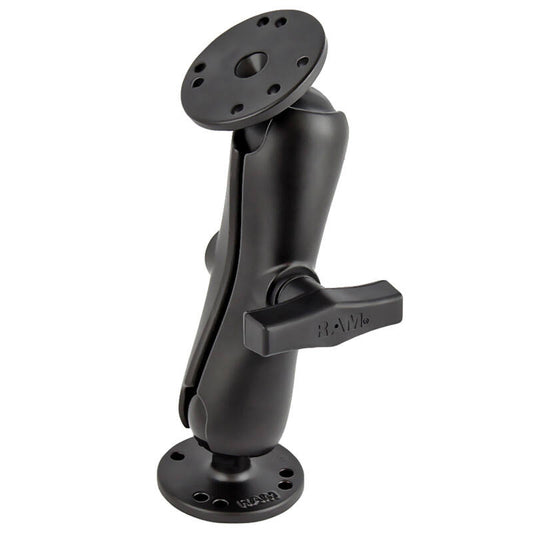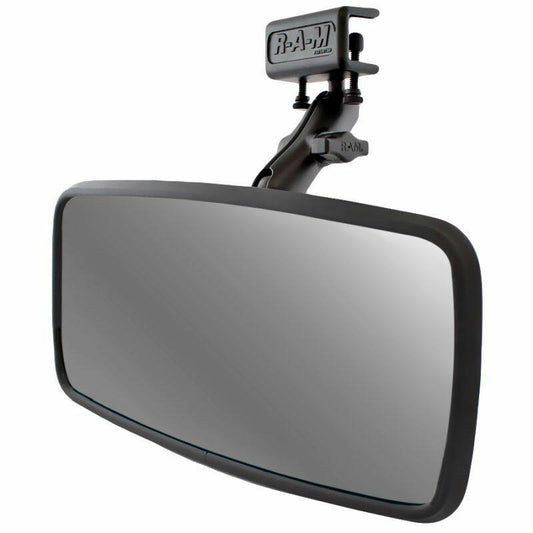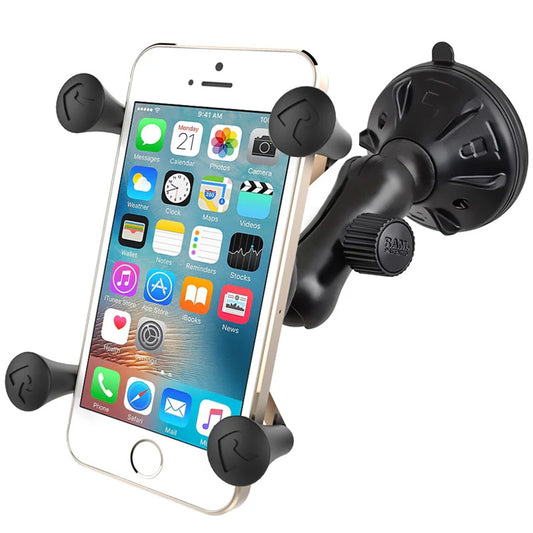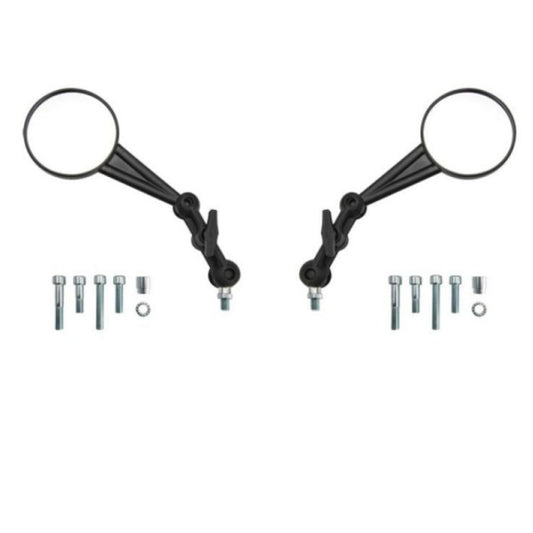How to Build the Perfect RAM Mount - Part 2
- Now consider the other end ....
The other end is what we call the “base” end. In other words the bit that will connect to what you are mounting the device to. What is best for your needs will depend on where exactly on your machine / vehicle / workspace … that you want to place the device. What shape is it – what are the dimensions of the exact spot where you want the base to sit.
Suction cup – ideal for non porous flat surfaces (windscreens, counter tops). For curved glass / plexiglass surfaces such as helicopter / aircraft screens there is a flexible tilting suction cup base. Suction cups come in single, dual and triple cup versions depending on the weight of the device and the vibration it’s going to be exposed to.
Magnetic bases are ideal for easy mounting on flat ferrous surfaces.
Adhesive bases – simple and sturdy for those surfaces where a suction or magnetic base won’t adhere.
Clamp bases – ideal for situations where the base is a round , square or rectangular post. The tough-claw and tough-clamp bases allow for fast and tool-free installation and removal
Torque / U-Bot / Strap bases – used when it’s a round handlebar or roll-bar you wish too mount to.
Specialised bases are designed for those situations where a specific location is required and include fork-stem, reservoir cover, gas-tank, cup holder, passenger seat, overhead guard plate, M8 bolt and seat-rail bases amongst others.
Bolt on bases include any round, square or rectangular RAM base plates with ball attached. These are safe and secure and work when you are able to screw or bolt the base plate on to your machine. For aviation use remember that if it’s permanently attached CAA may deem it to be a “modification”.







